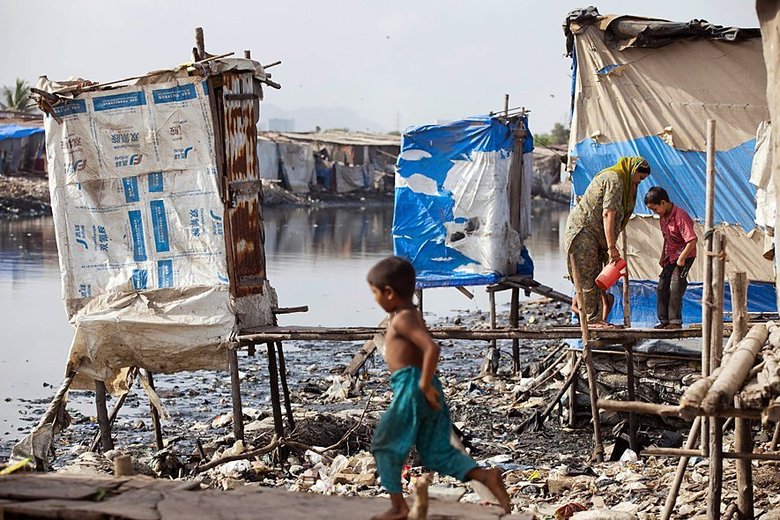Why a Movie About Toilet is a Blockbuster Hit in India
India has the oldest civilization right along side China and some of the oldest culture. One of those cultures are least sort after and that is the open defecation habits of rural Indians. Apart from India being a poverty stricken third world country with a severe lack of public (and private) lavatories (toilet), one of the main reasons often cited to explain open defecation in India is the ingrained cultural norm which makes the practice of defecating in public a socially acceptable behavior ; giving the phrase “call of nature” a totally whole new meaning.
Some 70 percent of households in India don’t have access to toilets, whether in rural areas or urban slums. Roughly 60 percent of the country’s 1.2 billion people still defecate in the open. And the consequences for women are huge.
–
It is not that the Indian government has not built some public toilets, but recent studies have shown that the vast majority of the newly built public toilets during the present government are not being used, especially in rural areas. In some cases the toilets are not connected to clean water supply or the sewers. Also there has been no widespread education effort to change the country’s culture of open defecation and lack of sanitation. Most uneducated rural Indian’s do not see anything wrong with defecating in public or in the nature for that matter.
It is even a bigger issue even for women of Indian cities, where most grow up in educated, middle class households having built-in toilets at home. But as soon as a woman leave the security of her house, there’s no place for her to go. And even when there are public toilets, like in schools and public buildings, they’re filthy. Most of the health concerned woman would hardly ever use any public toilet in India. Study suggests women are forced to “hold it” for hours.
 Slum Toilet in Mumbai City India.
Slum Toilet in Mumbai City India.
In India, men pee everywhere, even in urban areas. Men seem to feel no such constraints. Middle class, educated men — if they have to go, they’ll just stop their car and pee against a wall and even defecate sitting along the sidewalk.
To highlight this issue Bollywood comes in to help. Toilet: Ek Prem Katha the latest Indian Bollywood blockbuster movie where a woman leaves her husband on the first day of their marriage after discovering that he doesn’t have a toilet. He desperately sets out on a mission to win back his love by standing up to the age-old traditions and values of India.
This summer 2017 Bollywood movies featuring actor dancing in a European disco bar wearing mini dresses have failed to impress the typical Indian audience. But the movie about Indian toilet problem and cultural issues have broken all box office collections for the year 2017.
Let’s just hope the collection from this movie is donated to the Indian government entirely so that the rural and urban slum population of India gets benefited from using proper modern day toilet facilities. Ushering India into the 21st century just behind China.

